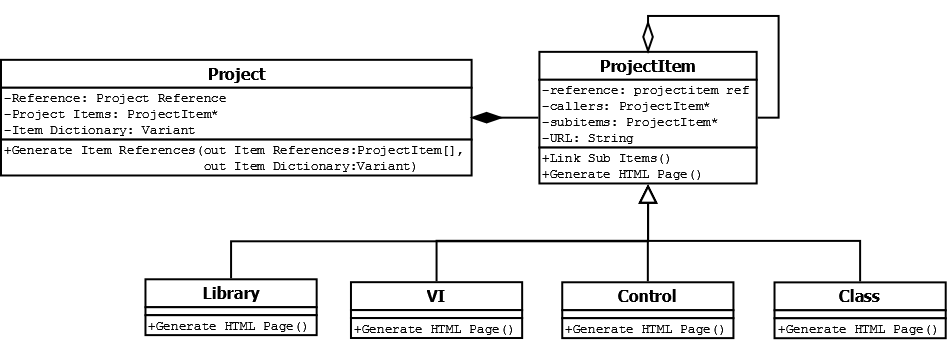-
Posts
289 -
Joined
-
Last visited
-
Days Won
12
Content Type
Profiles
Forums
Downloads
Gallery
Everything posted by JamesMc86
-
This patent war that apple are on is bs. They have now patented the design of the mac book air. You can't patent a design! That's not the point! You also shouldn't be able to patent it after release once you think you might be able to sue someone. It's clever lawyers abusing the system grrr!
-
nothing like having the right tools for the job. Wireless-n signal struggling to load webpages in a good time, add a £5 wifi aerial from amazon, now streaming iPlayer HD with ease

-
When your scrambled egg taste like popcorn you know there was plenty of butter in that! God bless Ireland!




